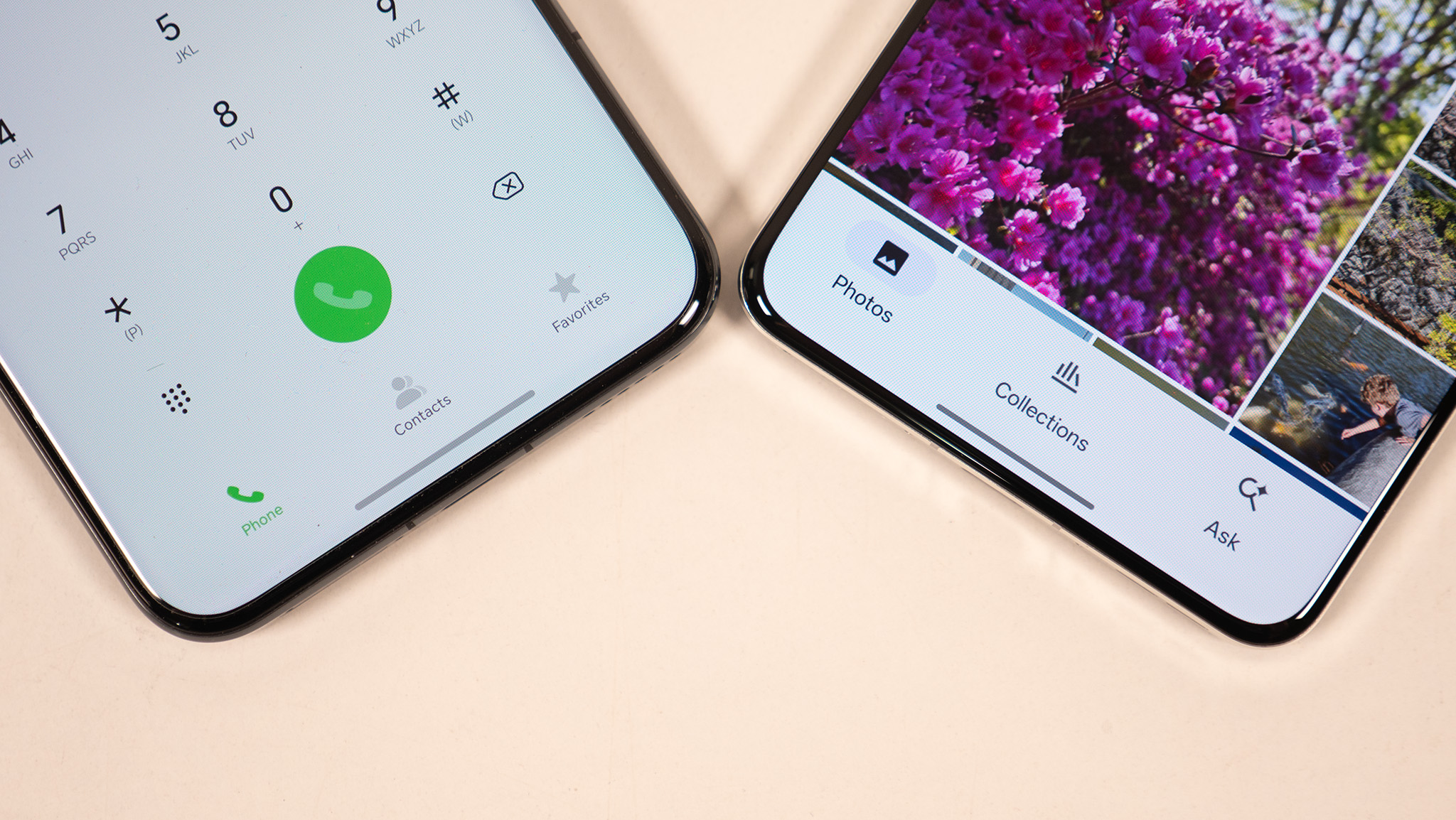UserVoice customer support SDK comes to Android

Chances are that if you’ve ever used a website to vote on feature requests for a game or app, the voting system was driven by UserVoice. Founded in 2008, UserVoice has long focused on helping businesses retain customers by understanding their wants and needs and dealing with support issues.
iOS has enjoyed a UserVoice SDK since 2012, but Android has gone without. Today, UserVoice officially launched its SDK for Android. Now Android app and game developers can integrate UserVoice directly into their apps, cutting down on support headaches and improving the user experience.
Head past the break for more details and our exclusive interview with the CEO of UserVoice!
Before we get to the interview questions, here are the features of the UserVoice SDK for Android.

In-app Customer Support:
- Keeps customer support where companies want to keep their users - in-app.
- Reduces spam and blank messages resulting from traditional support mail links.
- Helps customers instantly answer up to 49 percent of their own questions with Instant Answers thereby lowering support costs.
- Enables application developers to manage large amounts of data, including app versions and runtime information, to help route and respond to requests and increase the percentage of issues resolved with the first response.
In-app Customer Feedback:
- Engages customers when and where they engage with companies.
- Allows customers to see ideas from other users rather than posting in a vacuum.
- Enlists customers to vote on the best ideas and enables companies to respond to their communities en masse.
Interview with Richard White, CEO of UserVoice
Be an expert in 5 minutes
Get the latest news from Android Central, your trusted companion in the world of Android

Are there any common Android-specific support issues that UserVoice is uniquely qualified to handle?
UserVoice SDK is most valuable to apps with a good size user base who are struggling to scale their support and insight. We see the SDK used by any vertical (from gaming to productivity) but most valuable to free, or freemium, apps over paid apps simply because they tend to have much larger install bases (10X larger on average). That said it’s a free product that’s easy to install so there’s no reason not to bake this into your app at launch.
Two main selling points:
- Reducing inbound customer support through self-service. A lot issues can be answered by a reasonable robust KB or FAQ. The problem is that mobile app users have short attention spans: you need to solve their problem now or they’re moving on. Our SDK provides Instant Answers, suggested solutions to problems, as the user is typing their message to the company.
- Scalable way to collect app feedback. Beyond the acute support issues (bugs, etc) there’s a need to understand what issues users have with apps or what enhancements they’d find most useful. 1:1 messages aren’t the best way to do this.
How did you optimize the SDK when moving from iOS to Android?
It obviously differs in the UI controls and look-and-feel but beyond that there are some learnings we took from iOS and incorporated into the Android SDK. The first being a more user friendly “contact us” experience with Instant Answers.
The second being the addition of our new analytics system that allows you to track all of your active users, not just the ones who have engaged you via UserVoice, and tells you what impact answering feedback or support has on their level of engagement (basically tell you why you’re bothering to do this in the first place).
How long has the Android SDK been in development?
Including our private beta period: 9 months.
More importantly, how long does it take for Android developers to incorporate the SDK into their apps or games?
We estimate and have seen most developers get it installed in under an hour. (The website advertises 1-3 hours for installation. –ed.)
How do developers acquire the SDK?
Simply sign up for a UserVoice account (they’re free) and download our SDK from GitHub.
If they go to http://uservoice.com/mobile they’ll get screenshots and setup info for both mobile SDKs.
Bonus Interview with John Fan, Co-founder of Pic-Collage

To get the whole picture of how UserVoice benefits developers, we went straight to one of the developers who participated in the SDK beta. Pic-Collage is a fast and free app for making photo collages and images on the go. You can grab it by using the Google Play link at the top of this article.
What initially led you to sign up for UserVoice?
I met Richard White at a conference (in Singapore) and had an interesting conversation with him about the future of customer service. A while later, when UserVoice was introducing the iOS SDK, we decided to be an early beta user
How difficult was it to incorporate the UserVoice SDK into your app?
It is not difficult to integrate the SDK. Our experience was a bit unique in that we were an early beta tester of both the iOS and Android SDK, so we provided UserVoice with early feedback.
How has your company has benefited from using UserVoice?
[One example is] the SDK allows us to pass in device info. That way, when the ticket comes in to us, we also receive critical information such as OS version, app version and device type, saving us time in debugging.

